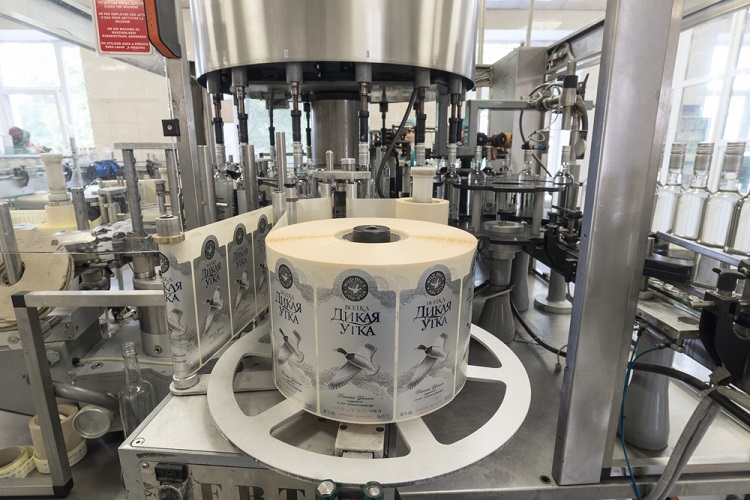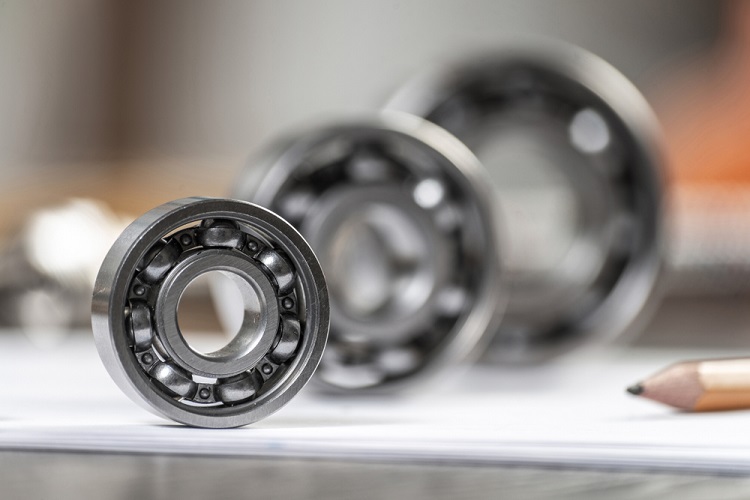
Labels that are both attractive and functional are indispensable. However, the label application process is also crucial. The reason? Regardless of how well designed labels are, incorrectly applied labels always look terrible. The majority of the time, applying labels isn’t too difficult. You must consider a few things before rushing in, otherwise you may make a costly mistake. It is important to keep in mind that even the smallest mistake can negatively impact your brand. You’ll learn how to apply labels in this article. Honestly, it’s pretty foolproof based on years of experience in the print industry. Get detailed information about various branding terms, on this website: www.blogfireapp.com
Labels are best placed on a clean, dry product surface. In addition, the flatter the surface, the better. Having a flat surface ensures that the label sticks properly without any crevices, bumps, lumps, or imperfections. It is possible, however, that a flat surface will not always be possible. In this case:
- Place the product on a stable surface first. The top of a bottle should be directed away from you.
- Remove the label from the backing of the container once you have a firm grip on it. Hold the label firmly on both ends and align it with the area of the bottle you want it placing.
- Once the alignment is set, press the middle of the label down. The move from the centre outwards to the left, followed by centre outwards to the right. One final smooth over and the label should be in place.
It will be difficult for labels to adhere to a grubby or moist surface. Before applying, make sure the surface is clean. No matter what material the label is made from, this is true. It is always bad to deal with debris and dirt, whether it is plastic, cardboard, or paper. In what way? In order for the adhesive to bond to the product properly, dirt gets in the way. To prepare products for labelling, we recommend using an Isopropyl alcohol wipe (IPA). As they evaporate rapidly and do not leave a mark, they are effective in removing grease, oil, and dust from a product. Before using this cleaning method, make sure that the product can be cleaned with IPA. The worst thing to avoid is moisture, not dust or debris. The label won’t stick if it is wet or moist. Additionally, it can prevent the adhesive from being as effective as it could be. Is moisture an inevitable part of the label life? Make your labels stronger by using a stronger adhesive.
Ultimately, the manual element of label applicators can be heavily removed by using specialist machinery to avoid the by-hand jobs. The precision and accuracy will no doubt be higher, but the same rules still apply- ensure the surface is clean and suitable for label applications. Get detailed information about the best way to print brand logos on products, on this website: www.dzcode.net
Things To Know About The Diesel Generators
May 21, 2023Laptop You Can Draw On
March 17, 2023A Safe System: Tips For Traffic Control Equipment Hire
February 7, 2023
Leave a reply Cancel reply
You must be logged in to post a comment.
Choosing Foster Care Agency
January 17, 2023Different Types Of Bearings
November 27, 2022How EMV Technology Is Making the Payments Industry More Secure
November 27, 2022






